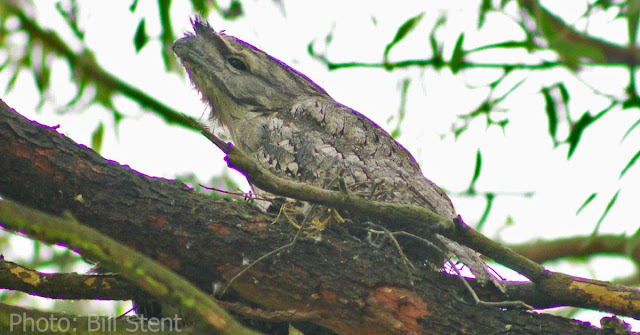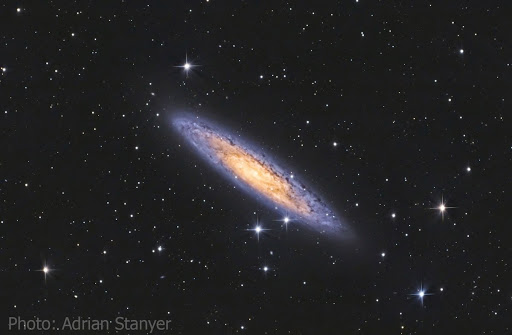Kelvin Hennesy's Moon

1 November 2019 This remarkable photo was published on the Australian Amateur Astrophotography Facebook page by Kelvin Hennessy. It’s a group of climbers on the Q1 building in Surfers Paradise with the full moon behind them. I had to ask Kelvin how he took it. Kelvin told me that he was inspired by Luke Taylor’s videos of the full moon rising behind the Cape Byron Lighthouse. He wanted to try has own version using the top of the Q1 building as a target. The telescope he used was a saxon 127mm FCD100. This is a triplet refractor which is normally used for astronomical work, as it has virtually no chromatic aberration. For Melbourne residents we have one in our showroom if you want to see it. I was surprised at the mount Kelvin used – it’s a saxon AZ3. You can see it in the photo that Kelvin sent me (and which I’ve brightened heavily). Kelvin says the mount works fine as long as it isn’t windy! I asked Kelvin how he planned the photo. For initial planning, he uses Photograp...










